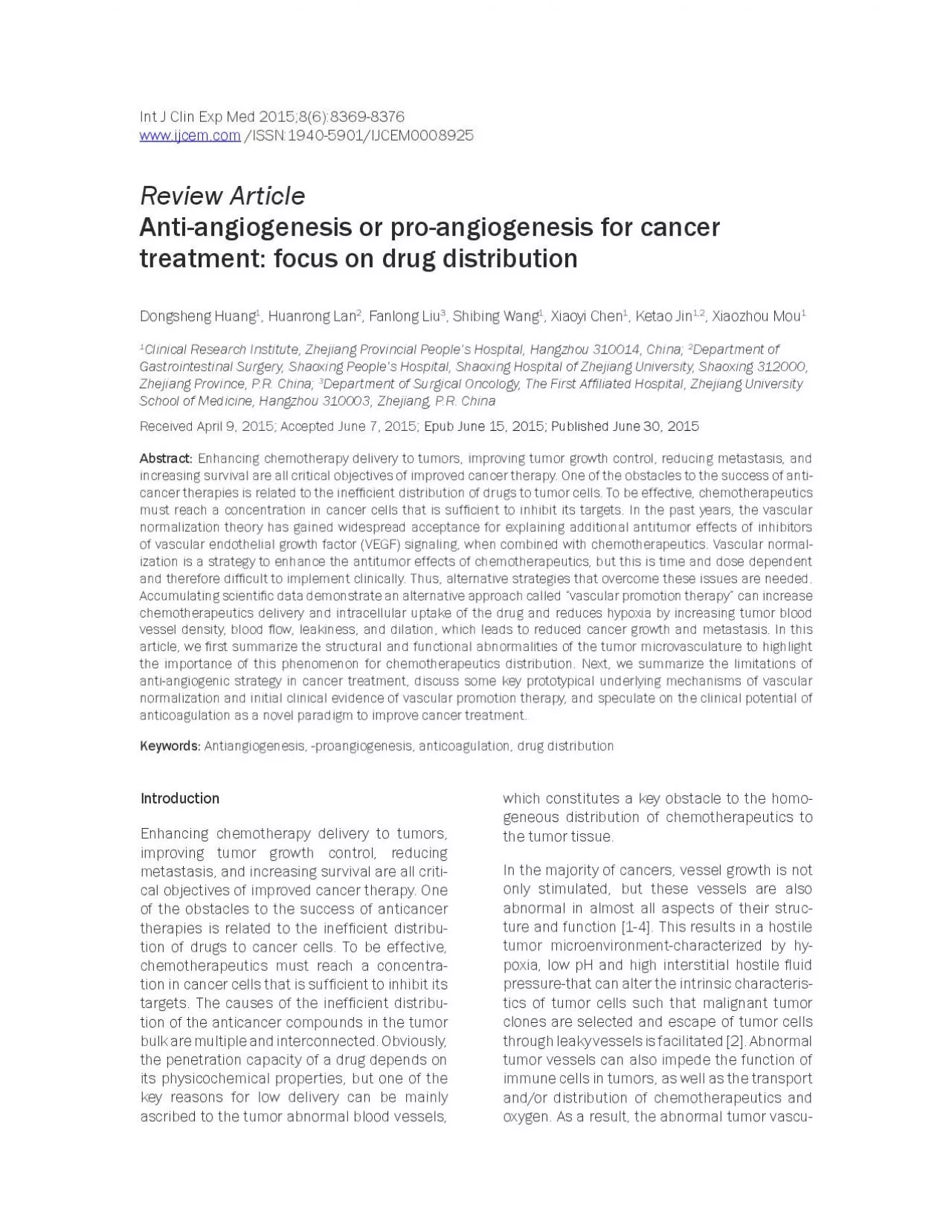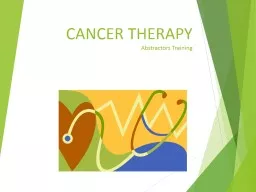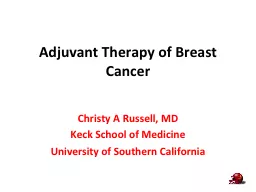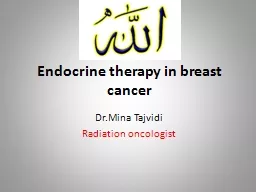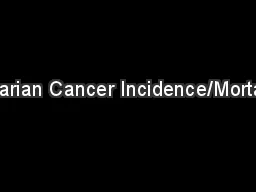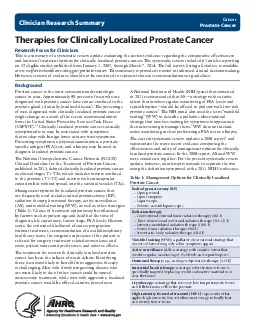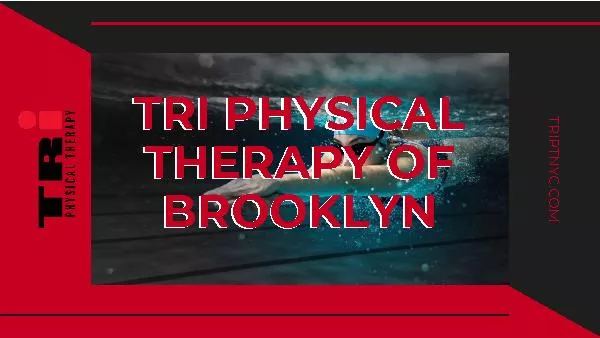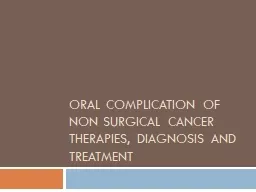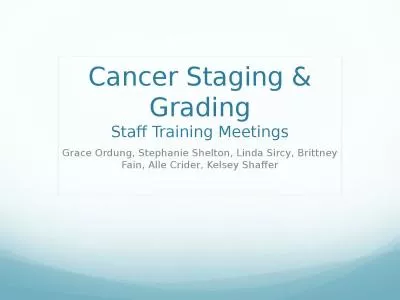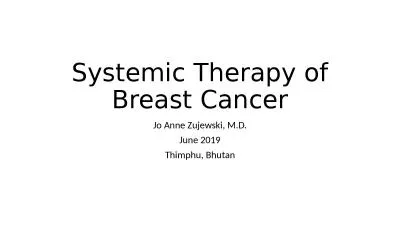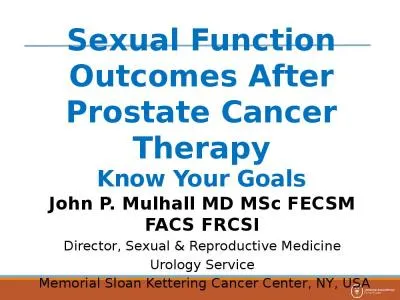PDF-Antiangiogenesis or proangiogenesis for cancer therapy
Author : callie | Published Date : 2022-09-06
8376 Int J Clin Exp Med 20158683698376 25 Dickson PV Hamner JB Sims TL Fraga CH Ng CY Rajasekeran S Hagedorn NL McCarville MB Stewart CF and Davidoff AM Bevacizumab induced
Presentation Embed Code
Download Presentation
Download Presentation The PPT/PDF document "Antiangiogenesis or proangiogenesis for ..." is the property of its rightful owner. Permission is granted to download and print the materials on this website for personal, non-commercial use only, and to display it on your personal computer provided you do not modify the materials and that you retain all copyright notices contained in the materials. By downloading content from our website, you accept the terms of this agreement.
Antiangiogenesis or proangiogenesis for cancer therapy: Transcript
Download Rules Of Document
"Antiangiogenesis or proangiogenesis for cancer therapy"The content belongs to its owner. You may download and print it for personal use, without modification, and keep all copyright notices. By downloading, you agree to these terms.
Related Documents

